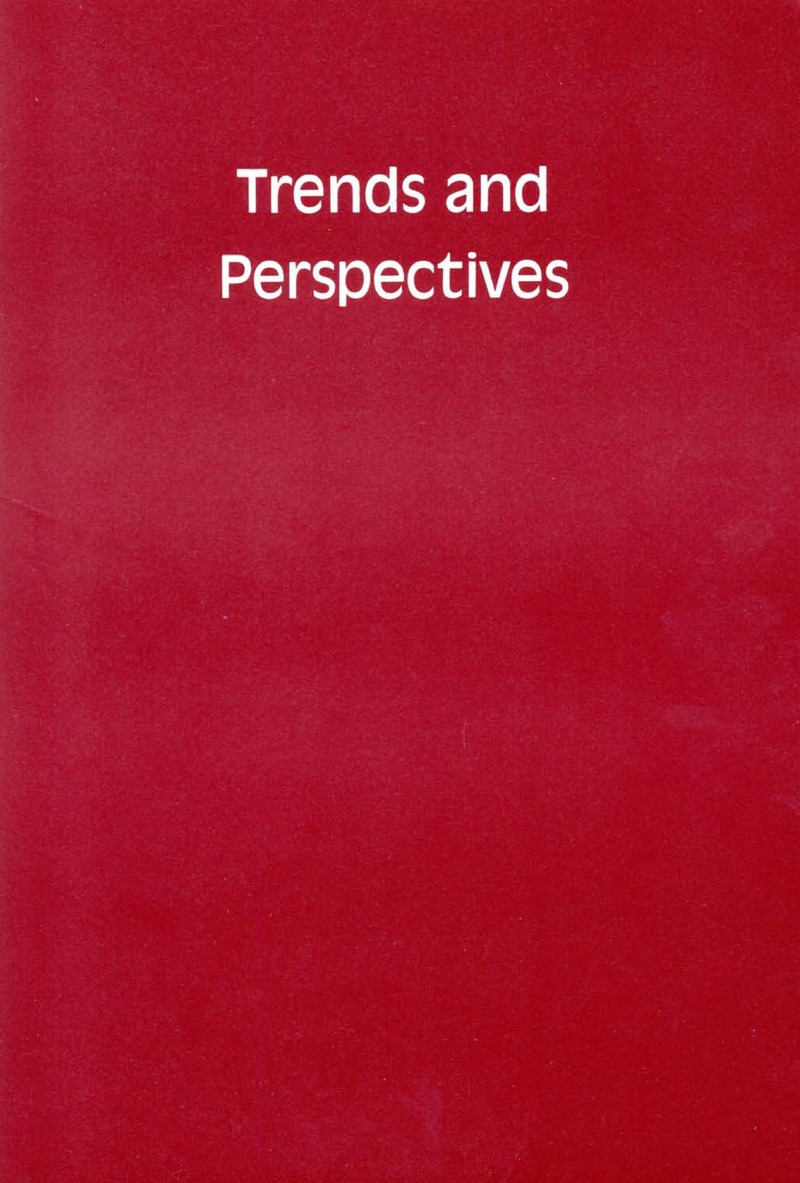Crossref Citations
This article has been cited by the following publications. This list is generated based on data provided by Crossref.
Breuer, Stefan
1983.
Sozialgeschichte des Naturrechts.
Vol. 42,
Issue. ,
p.
401.
Brooks, William R.
and
Mariscal, Richard N.
1984.
The acclimation of anemone fishes to sea anemones: Protection by changes in the fish's mucous coat.
Journal of Experimental Marine Biology and Ecology,
Vol. 80,
Issue. 3,
p.
277.
Elliott, J.K.
Mariscal, R.N.
and
Roux, K.H.
1994.
Do anemonefishes use molecular mimicry to avoid being stung by host anemones?.
Journal of Experimental Marine Biology and Ecology,
Vol. 179,
Issue. 1,
p.
99.
Mebs, D.
1994.
Anemonefish symbiosis: Vulnerability and resistance of fish to the toxin of the sea anemone.
Toxicon,
Vol. 32,
Issue. 9,
p.
1059.
Whittington, Ian D.
Cribb, Bronwen W.
Hamwood, Tamarind E.
and
Halliday, Judy A.
2000.
Host-specificity of monogenean (platyhelminth) parasites: a role for anterior adhesive areas?.
International Journal for Parasitology,
Vol. 30,
Issue. 3,
p.
305.
Mebs, Dietrich
2009.
Chemical biology of the mutualistic relationships of sea anemones with fish and crustaceans.
Toxicon,
Vol. 54,
Issue. 8,
p.
1071.
2014.
Symbiosis in Fishes.
p.
276.
2014.
Symbiosis in Fishes.
p.
79.
Balamurugan, J.
Kumar, T. T. Ajith
Kannan, R.
and
Pradeep, H. D.
2014.
Acclimation behaviour and bio-chemical changes during anemonefish (Amphiprion sebae) and sea anemone (Stichodactyla haddoni) symbiosis.
Symbiosis,
Vol. 64,
Issue. 3,
p.
127.
Nedosyko, Anita M.
Young, Jeanne E.
Edwards, John W.
Burke da Silva, Karen
and
Tsikliras, Athanassios C.
2014.
Searching for a Toxic Key to Unlock the Mystery of Anemonefish and Anemone Symbiosis.
PLoS ONE,
Vol. 9,
Issue. 5,
p.
e98449.
da Silva, Karen Burke
and
Nedosyko, Anita
2016.
The Cnidaria, Past, Present and Future.
p.
425.
Roux, Natacha
Lami, Raphaël
Salis, Pauline
Magré, Kévin
Romans, Pascal
Masanet, Patrick
Lecchini, David
and
Laudet, Vincent
2019.
Sea anemone and clownfish microbiota diversity and variation during the initial steps of symbiosis.
Scientific Reports,
Vol. 9,
Issue. 1,
Marcionetti, Anna
Rossier, Victor
Roux, Natacha
Salis, Pauline
Laudet, Vincent
Salamin, Nicolas
and
Mank, Judith
2019.
Insights into the Genomics of Clownfish Adaptive Radiation: Genetic Basis of the Mutualism with Sea Anemones.
Genome Biology and Evolution,
Vol. 11,
Issue. 3,
p.
869.
Wang, Huan
Tang, Wei
Zhang, Rui
and
Ding, Shaoxiong
2019.
Analysis of enzyme activity, antibacterial activity, antiparasitic activity and physico-chemical stability of skin mucus derived from Amphiprion clarkii.
Fish & Shellfish Immunology,
Vol. 86,
Issue. ,
p.
653.
Delgado, Alonso
Benedict, Charlotte
Macrander, Jason
and
Daly, Marymegan
2022.
Never, Ever Make an Enemy… Out of an Anemone: Transcriptomic Comparison of Clownfish Hosting Sea Anemone Venoms.
Marine Drugs,
Vol. 20,
Issue. 12,
p.
730.
Herrera, Marcela
Ravasi, Timothy
and
Laudet, Vincent
2023.
Anemonefishes: A model system for evolutionary genomics.
F1000Research,
Vol. 12,
Issue. ,
p.
204.
Herrera, Marcela
Ravasi, Timothy
and
Laudet, Vincent
2023.
Anemonefishes: A model system for evolutionary genomics.
F1000Research,
Vol. 12,
Issue. ,
p.
204.
Nguyen, Hai‐Thanh T.
Zhao, Min
Wang, Tianfang
Dang, Binh T.
Geffen, Audrey J.
and
Cummins, Scott F.
2024.
Sea anemone–anemonefish symbiosis: Behavior and mucous protein profiling.
Journal of Fish Biology,





